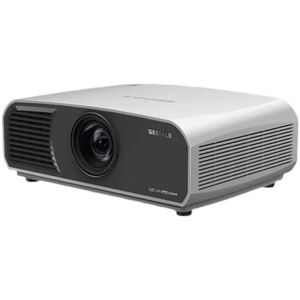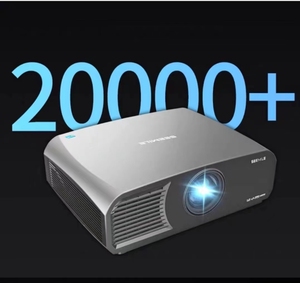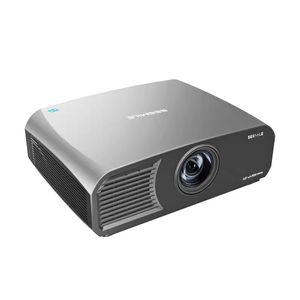Understanding Projector Picture Quality
Projector picture quality is a critical aspect that influences the overall viewing experience, whether in a home theater, business presentation, or educational setting. The clarity, brightness, and color accuracy of a projected image can make a significant difference in how effectively information is conveyed or enjoyed. Understanding the various components that contribute to projector picture quality will help users make informed decisions.
Types of Projector Picture Quality
Projector picture quality can be categorized based on several key factors:
- Resolution: The number of pixels displayed, with common types being HD (1280 x 720), Full HD (1920 x 1080), and 4K Ultra HD (3840 x 2160). Higher resolution typically leads to sharper images.
- Brightness: Measured in lumens, brightness affects how vibrant an image appears in different lighting conditions. More lumens generally mean better performance in brighter environments.
- Contrast Ratio: This defines the difference between the darkest and brightest parts of an image, impacting detail visibility. A higher contrast ratio can enhance depth and detail.
- Color Accuracy: The projector's capability to reproduce colors accurately. Techniques like color space and color wheel technology play crucial roles in achieving vivid hues.
Applications of Superior Projector Picture Quality
High projector picture quality finds applications in various sectors:
- Home Entertainment: Creating a cinematic experience at home by delivering vibrant colors and sharp graphics for movies and video games.
- Business and Corporate: Enhancing presentations with clear visuals, making data more comprehensible and engaging in conferences and boardrooms.
- Education: Facilitating interactive learning with high-quality visuals in classrooms, helping students absorb information effectively.
- Events and Large Venues: Providing impactful visuals at concerts, weddings, and exhibitions, ensuring audiences can enjoy content clearly from different angles.
Key Features Driving Projector Picture Quality
Several features significantly impact projector picture quality. Here are some that stand out:
- Lens Quality: High-quality lenses reduce distortion and improve focus. The type of lens determines how well the projector can display images without blurring.
- Optical Zoom: Allows for flexibility in image sizing without losing quality, accommodating various room sizes and screen dimensions.
- Image Processing Technology: Advanced algorithms enhance image quality, resulting in smoother motion and reduced lag during fast-paced content.
- Keystone Correction: This feature helps adjust the image shape for a rectangular projection, which is essential for achieving a professional look even in awkward setups.
Benefits of Investing in High-Quality Projectors
Opting for projectors with excellent picture quality brings numerous advantages:
- Enhanced Viewing Experience: Clear, vibrant images lead to better engagement and enjoyment of content across various applications.
- Increased Productivity: In business settings, quality presentations can lead to clearer communication and improved understanding, facilitating better decisions.
- Longer Lifespan: Higher quality projectors often feature durable materials and superior technology, ensuring longevity and minimizing maintenance costs.
- Versatile Use: A projector with exceptional picture quality can be utilized effectively across multiple settings—from business meetings to educational institutions to home theaters.






















































